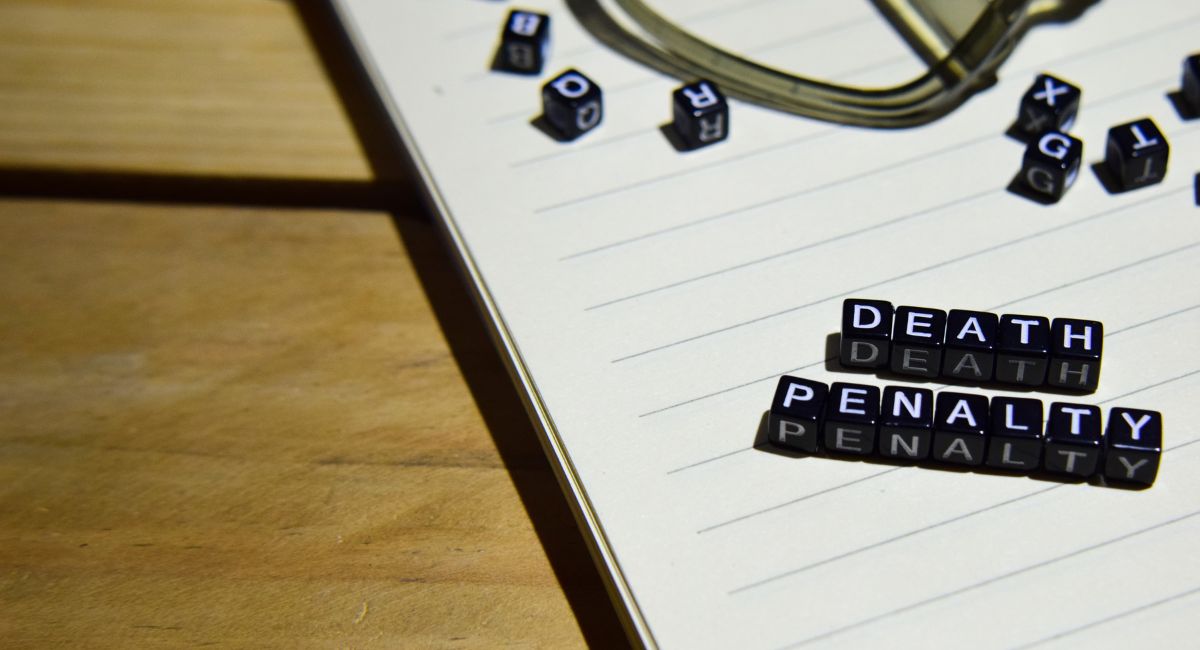California Governor Gavin Newsom, in a telebriefing organized by Ethnic Media Services on Tuesday, March 19, described the reasoning behind his recent decision to grant reprieves from execution to the 737 people languishing on Death Row in California.
“No one is being released,” he said, but during his administration, “there will be no executions in the state of California.”
Although California hasn’t executed an inmate since 2006, 25 of the 737 people on Death Row, Newsom said, have exhausted all of their appeals.
The death penalty, he said, “is error-prone and racist … fundamentally unfair, unjust and wasteful.”
Newsom’s decision, announced the week before, applies only to his own term in office as governor of the state, but already the gas chamber and electric chair at San Quentin State Prison have been closed down and the state will not pursue new supplies of the chemicals used in executions by lethal injection. Asked whether people might continue to face death penalty prosecutions, Newsom said that he is exploring that option in conversations with state Attorney General Xavier Becerra.
Governor’s Responsibility
As governor, Newsom has both the responsibility to sign off on executions and the discretion to grant reprieves. Allowing what he described as “a barbaric system” to continue, he said, “would contradict a lot of the values that I hold dear.” Newsom expressed his opposition to the death penalty during his 2017 campaign for governor and actively campaigned against ballot measures in 2006 and 2012 in which California voters expressed continued support for capital punishment.
“I didn’t come to this flippantly, lightly, over just a few weeks,” he said, and described how, 40 years ago, Judge William Newsom, his grandfather, helped clear the name of Pete Pianezzi, “The Bum Rap Kid” (the title of his autobiography) who had been framed in an organized crime murder case. As a boy, Newsom met Pianezzi.
“I understand that people have other points of view and I respect those,” Newsom said. “I want to hold people accountable for their crimes. I do believe in rehabilitation, and justice.”
Changing Perspectives
He said he expects that there will be another ballot initiative on capital punishment, but believes perspectives on the matter are changing. Among the 30 other states that still have capital punishment on the books, he cited current efforts in Colorado and New Hampshire to end it.
The next step, he said, would be to consider commuting death sentences to life without the possibility of parole, something that, at least in some cases, might require state Supreme Court concurrence. Beyond that, he said, would be an effort “to work collaboratively with the attorney general’s office” to no longer prosecute crimes as death-penalty cases.
Time Consuming and Expensive
“There is an administration of death,” he said, that “consumes court time and the criminal justice system and exhausts the soul and the pocketbook.” The state has executed 13 people since the death penalty was reintroduced by the U.S. Supreme Court in 1978, while another 120 Death Row inmates in California have died either of natural causes or suicide. Five people have been found to have been wrongly convicted in California, another 159 have been exonerated nationwide.
Newsom cited studies concluding that not everybody on Death Row is guilty of the crimes that put them there, such as a National Academy of Sciences study finding that one in 25 is likely innocent. Given California’s current Death Row population of 737, that ratio suggests there are 30 innocent people languishing in “the biggest Death Row in the western hemisphere.”
A Biased Criminal Justice System
Newsom mentioned Vicente Figueroa Benavides, released last year at age 68 after almost 25 years on Death Row in a Delano County case where doctors eventually recanted their testimony that a child’s death resulted from being sexually assaulted. Benavides’ step-daughter is now believed to most likely have been killed by a car.
All five of the people eventually exonerated of the crimes that sent them to California’s Death Row, Newsom said, were people of color.
The system is biased, he said, not only in terms of ethnicity – with 66.4% of Death Row inmates being people of color, and disproportionately black and Hispanic, but the system also victimizes people with mental disabilities or those who “can’t afford the right kind of representation.” Disparities also crop up based on crime victims’ ethnicity and there are inequities in the representation of communities where the crimes occurred.
“The entire criminal justice system treats people differently based on wealth, how they look and where they live.” Los Angeles and Riverside counties are over-represented on Death Row, he said.
“You’re better off being rich and guilty than poor and innocent.”
Newsom said he’s studied “in gruesome, horrific detail” 230 of the crimes that sent people to Death Row and had the “honor and privilege of spending time with victims outraged by my determination.
“I take that to heart,” he said. But other victims have counseled him that he’s powerless to provide what they want most, the return of their victimized loved ones, and argue that “more violence does not heal.”
Death Penalty is Not a Deterrent
Beyond the $150 billion in state spending tied to its death penalty, the governor said, “we’ve heard from (prison) guards that have been impacted forever, and also jurors. … The evidence is overwhelming that the death penalty is not a deterrent.”
“I think public opinion is shifting on this; people are moving in a more enlightened direction,” he said. “Voters didn’t want the governor to execute wrongly. Besides the responsibility to sign off on executions, he said, “the authority invested in this office gives the governor the right to reprieve, to make exactly the kind of determination I’ve made.”




